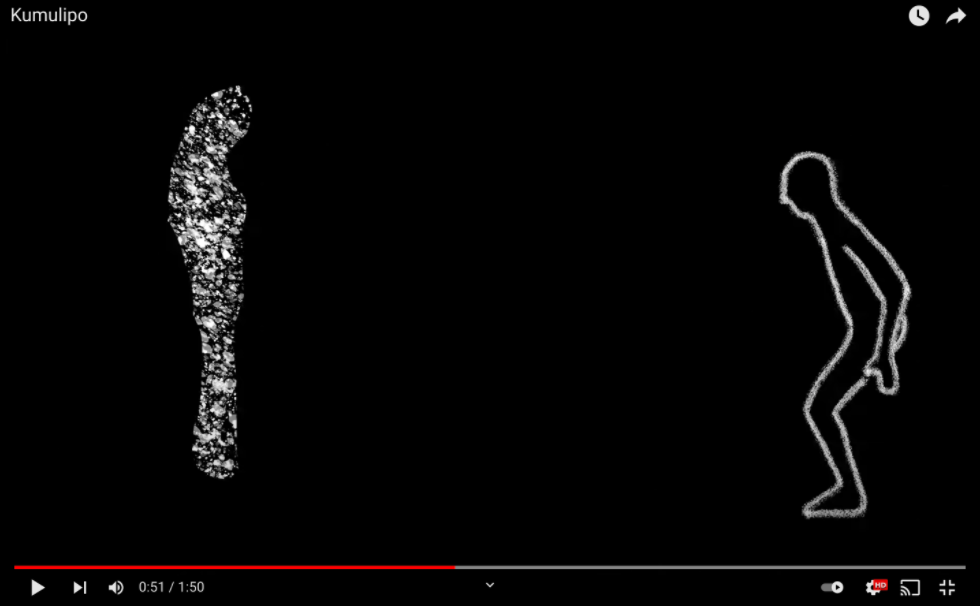Teach This Poem, though developed with a classroom in mind, can be easily adapted for remote learning, hybrid learning models, or in-person classes. Please see our suggestions for how to adapt this lesson for remote or blended learning. We have also noted suggestions when applicable and will continue to add to these suggestions online.
Watch this animated video of an interpretation of the first 28 lines of the Kumulipo.
The following activities and questions are designed to help your students use their noticing skills to move through the poem and develop their thinking about its meaning with confidence, using what they’ve noticed as evidence for their interpretations. Read more about the framework upon which these activities are based.
-
Warm-up (free-write/draw): In what way do you think our world began? How did everything start? Free-write or draw for a few minutes. Share your writing or drawing with a classmate.
-
Before Reading the Poem: Watch this animated video of an interpretation of the first 28 lines of the Kumulipo. What do you notice? Where might this picture have been taken? What makes you say that? How do you think this volcano formed?
-
Reading the Poem: Read the poem “Kumulipo” by Queen Liliʻuokalani silently. What do you notice about the poem? Annotate for any words or phrases that stand out to you or any questions you might have.
-
Listening to the Poem (enlist two volunteers to read the poem aloud): Listen as the poem is read aloud twice, and write down any additional words and phrases that stand out to you.
-
Small-group Discussion: Share what you noticed in the poem with a small group of students. Based on the details you just shared with your small group and your activities from the beginning of class, how does this poem begin? How does the poem’s opening compare/contrast to the drawing/writing you did at the beginning of class?
-
Whole-class Discussion: What is the relationship between light and darkness? In the poem, how does life develop? Why might this poem/creation chant be considered sacred? Why do you think it was important that this poem was said out loud? What other kinds of texts are said out loud?
-
Extension for Grades 7-8: With a partner, re-read the poem and then write the next 10 lines, or, write a poem about the question from the first activity: What does the beginning of the world look like? With your partner, create an animation for your poem or an image from your poem. If you’d like, you can draw inspiration from the animated video you saw earlier. Share your animation with your classmates. (Teachers, if you or your students need more context, you can find the entire text of the Kumulipo. Additionally, this site offers a list of free animation resources.)
-
Extension for Grades 9-12: With a small group, choose to read this article or listen to this podcast. Join with another small group that chose the same article/podcast. Discuss: What is the importance of language? Why should language be protected? How might this impact you or your peers?
“The Kumulipo (‘Beginning-in-deep-darkness’) is the sacred creation chant of a family of Hawaiian alii, or ruling chiefs. Composed and transmitted entirely in the oral tradition, its two thousand lines provide an extended genealogy proving the family’s divine origin and tracing the family history from the beginning of the world.” Read more from the text, including a foreword and introduction about its history.
This week’s poetic term is occasional poem, which is a poem written to document or provide commentary on an event. Read more.

